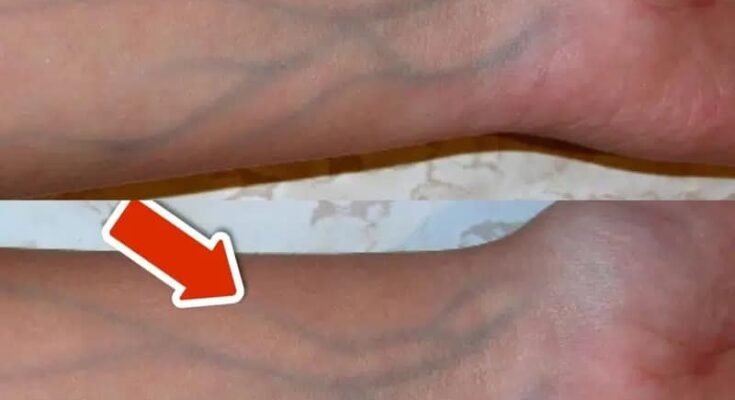Proper blood circulation is the lifeline of your body. It’s what keeps your organs functioning, your muscles moving, and your skin glowing. Think of it like the highway system of your body—when traffic flows smoothly, everything works perfectly. But when there’s a blockage or slowdown, it can wreak havoc. Poor circulation isn’t just an inconvenience; it’s your body’s way of sounding the alarm. Here are five warning signs that your blood flow may be compromised and why you should take them seriously.
1. Cold Hands and Feet
Do your hands and feet feel like ice cubes, even in warm weather? This isn’t just bad luck or thin socks—it’s a classic sign of poor blood circulation. When blood flow to your extremities is restricted, your body struggles to maintain its normal temperature. The result? Cold, clammy fingers and toes that seem to defy the weather outside.
This condition often stems from narrowed or blocked blood vessels, a problem commonly seen in people with peripheral artery disease (PAD) or other vascular issues. If you’ve been blaming your cold hands and feet on chilly temperatures, it might be time to dig a little deeper.
2. Numbness or Tingling
Have you ever felt that annoying “pins and needles” sensation in your hands, legs, or feet? It could be your body’s way of telling you something’s off with your circulation. Poor blood flow limits the oxygen and nutrients reaching your nerves, causing them to misfire and leaving you with that uncomfortable tingling sensation.
This symptom isn’t something to brush off. Chronic numbness or tingling could indicate an underlying condition like diabetes, PAD, or even nerve damage. Listen to your body—it’s smarter than you think.
3. Swelling in the Legs, Feet, or Ankles
Swelling, especially in your lower extremities, can feel like an uninvited guest that just won’t leave. While there are many causes for swelling, poor circulation is one of the most common culprits.
When blood struggles to flow properly, it can pool in certain areas, particularly in your legs, feet, or ankles. This fluid buildup causes puffiness and discomfort that might worsen as the day progresses. Left untreated, it can lead to complications like varicose veins or even deep vein thrombosis (DVT). So, don’t just ignore it—pay attention and seek help if it persists.
4. Persistent Fatigue
Feeling tired all the time? We’re not talking about the kind of tiredness that a cup of coffee or a power nap can fix. Persistent fatigue is a deeper exhaustion, the kind that makes climbing a flight of stairs feel like running a marathon.
